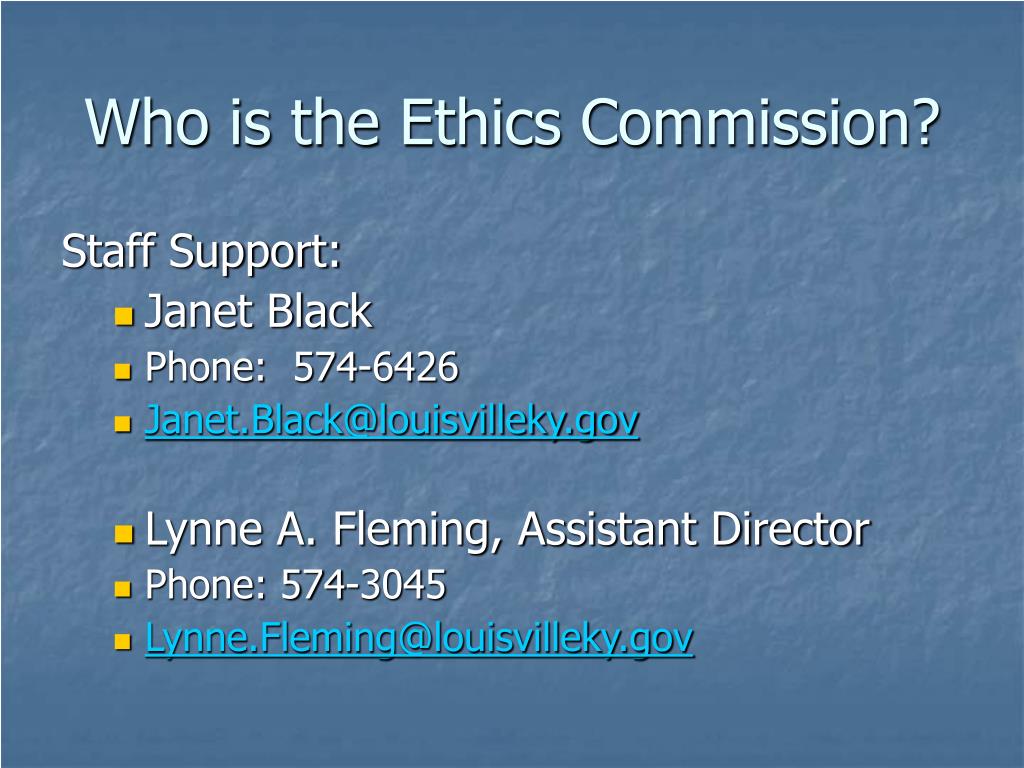

Christoff also filed a Disciplinary Grievance against the potential candidate. Mark Christoff, the then-chief deputy Fountain County prosecutor, was publicly reprimanded for his role with then-Fountain County Prosecutor Richard Holmes in threatening to renew a dormant criminal investigation against a potential candidate for Fountain County, Indiana, prosecutor – unless the potential candidate decided not to run for the office.The following cases illustrate that threats to report opposing counsel or opposing parties for misconduct unrelated to the dispute at issue will fall afoul of the rules: The key elements of non-violations that courts have found include 1) language that is “sufficiently vague” 2) the threat was limited to the civil litigation and 3) the criminal action was filed by someone other than the attorney. The threat was found to be sufficiently vague to dissuade recommending a violation occurred.Ī Kentucky opinion held that there may be insufficient evidence that a threat of criminal prosecution was made solely to gain advantage in a civil matter where the criminal case was filed by someone else. However, the attorney only referenced “a violation of the California Penal Code” and threatened to invoke “all governmental investigative resources.” See In re Pelkey, 962 A.2d 268, 276 (D.C.

In Washington, D.C., an attorney threatened criminal charges solely to obtain an advantage in the civil matter. These cases illustrate examples of conduct that did not warrant discipline related to threatening criminal charges. The ABA also drew the line for disciplinable conduct at threats that could be considered “extortionate” or “compound a crime.” Examples of Non-violations The Formal Opinion was issued to reinforce that introducing an unrelated criminal issue into civil negotiations solely to gain leverage in settling the civil claim furthers no legitimate interest of the justice system and tends to prejudice its administration.

There, the ABA opined that an attorney can threaten to refer the opposing party for criminal prosecution if the attorney has a well-founded belief that 1) both the civil claim and the criminal charges are warranted by the law and the facts and 2) the subject matter of the criminal conduct is related to the underlying civil suit. In 1992, the American Bar Association released Formal Opinion 92-363 (“the Formal Opinion”) to provide some guidance on the scope of threats that attorneys are permitted to make.
Kentucky ethics opinion office sharing code#
7-105(A)) in its previous Code of Professional Conduct until 1987. Prior to 1983, the ABA Model Code contained a rule stating, “A lawyer shall not present, participate in presenting, or threaten to present criminal charges solely to obtain an advantage in a civil matter.” This rule was withdrawn in 1983 and was not retained in the ABA Model Rules. Rule 8.4(b) (Honesty, Trustworthiness or Fitness) and (d) (Prejudicial Conduct to Administration of Justice)ĪBA guidance, Indiana opinions, and decisions from other states assist in analyzing whether a threat is permissible.Rule 4.4 (Respect for Rights of Third Persons).Rule 4.1 (Truthfulness in Statements to Others).Rule 3.4 (Fairness to Opposing Party and Counsel).Rule 3.1 (Meritorious Claims and Contentions).Indiana no longer has a rule explicitly addressing threats of criminal prosecution, but attorneys who threaten opposing parties or opposing counsel may be subject to discipline under various Indiana Rules of Professional Conduct, including: Primarily, a threat is impermissible if it does not relate to the subject matter of the dispute and is communicated solely to gain leverage in a civil dispute or negotiation. The answer, of course, depends on the circumstances. If you’ve ever received a letter from opposing counsel threatening to file a motion for sanctions or a disciplinary complaint, or refer a matter for criminal prosecution, you’ve likely raised the question of whether the threat violates that attorney’s ethical obligations.


 0 kommentar(er)
0 kommentar(er)
